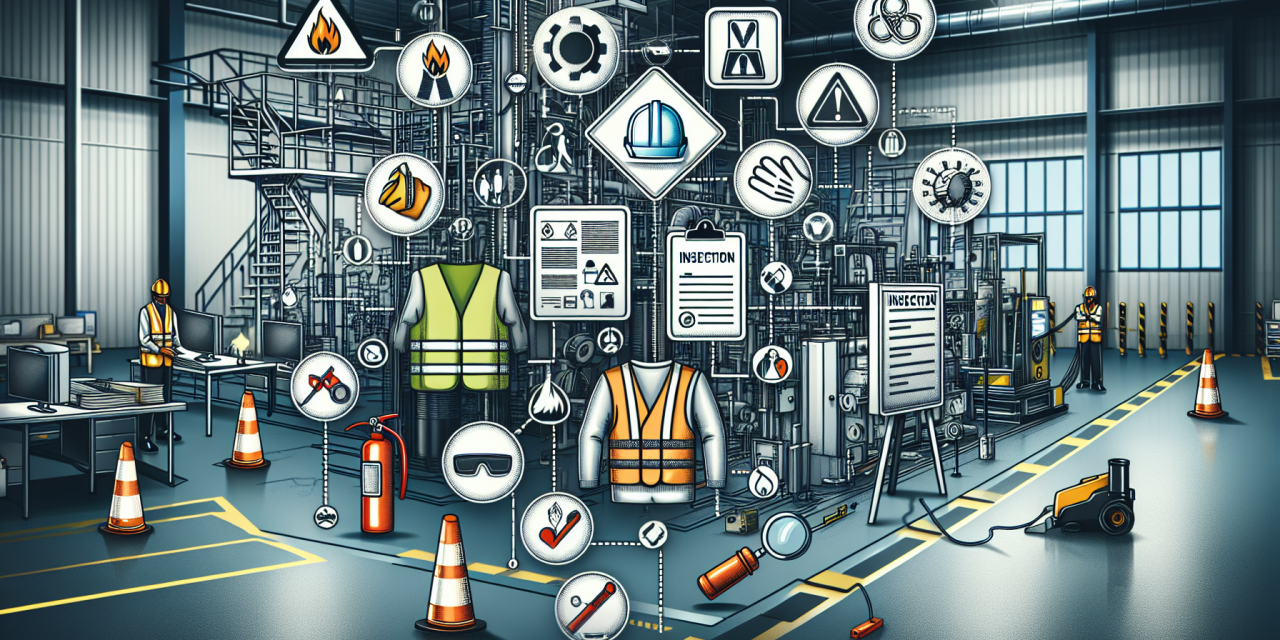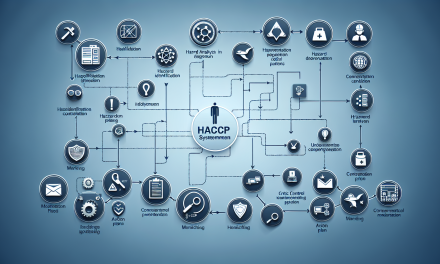Table of Contents
- Understanding Safety Compliance
- The Importance of Site Inspections
- Core Elements of Safety Compliance
- Effective Site Inspection Techniques
- Navigating Regulatory Standards
- Developing an Inspection Process
- Innovations in Training
- Frequently Asked Questions
- Conclusion
Understanding Safety Compliance
Safety compliance serves as a crucial foundation for any organization aiming to uphold a secure work environment. Essentially, it involves adhering to a set of regulations, standards, and practices designed to protect employees, clients, and stakeholders. By prioritizing safety compliance, companies can not only prevent accidents but also enhance operational efficiency.
The Role of Compliance in Workplace Safety
Compliance doesn’t merely mean ticking boxes or checking lists. Rather, it’s about fostering a culture where safety is at the forefront of everyone’s mind. When each employee understands the importance of safety compliance, the workplace transforms into a proactive safety environment, where potential hazards are identified before they lead to incidents.
The Importance of Site Inspections
Site inspections act as the eyes and ears of an organization’s safety practices. They serve to identify possible risks that might not appear on paper or could easily be overlooked. By regularly conducting site inspections, organizations can catch issues early and mitigate risks effectively.
Why Inspections Matter
1. **Proactive Hazard Identification:** Regular site inspections help the team spot potential dangers before they lead to accidents. Essentially, this proactive approach aids in creating a safer working environment.
2. **Compliance Verification:** These inspections ensure that the site abides by all relevant safety regulations. This aspect not only protects employees but also shields the organization from potential legal ramifications.
3. **Safety Culture Promotion:** By consistently conducting inspections, organizations demonstrate their commitment to safety. This commitment can profoundly influence employee attitudes towards safety practices.
Core Elements of Safety Compliance
When discussing safety compliance, several core elements come to the forefront:
1. Training and Education
Training empowers employees with the knowledge and skills necessary to recognize and mitigate risks. Comprehensive training programs can focus on a variety of topics, including hazard identification, safe operating procedures, and emergency response techniques.
2. Thorough Documentation
Documentation plays a vital role in safety compliance. Keeping meticulous records allows organizations to track safety protocols and make informed adjustments based on previous findings.
3. Risk Assessment
Conducting regular risk assessments is vital. This process helps identify and prioritize risks within the workplace, guiding the organization in implementing adequate controls.
4. Regular Audits
Safety audits serve as a second set of eyes, ensuring that all procedures are being followed correctly. These audits can bring to light areas for improvement, fostering a continuous cycle of enhancement.
Effective Site Inspection Techniques
Implementing effective site inspection techniques can significantly enhance the overall safety of a workplace. Here are some approaches worth considering:
1. Checklists
Use comprehensive checklists that outline critical safety elements to examine. These lists not only guide inspectors but also ensure that no vital aspect goes unnoticed.
2. Observation
Observation is an invaluable technique that warrants inspectors to look beyond documents. Being present on-site allows inspectors to see operations in real time, thus identifying potential hazards promptly.
3. Interviewing Employees
Engaging with employees during inspections can yield vital information. Employees often have firsthand experience with procedures and can pause to flag any safety concerns.
4. Technology Integration
Utilizing technology can streamline inspections. Digital tools and mobile applications allow inspectors to record findings effortlessly and track trends in safety compliance.
Navigating Regulatory Standards
Understanding regulatory requirements can appear daunting. Regular updates and new regulations can create complexity, which organizations must navigate. However, with adequate training, it becomes manageable.
For example, the Safety Compliance & Inspection Certification Course offers structured learning around compliance, ensuring organizations meet regulatory standards effectively.
Staying Informed
Organizations must stay informed about industry standards and updates. Regularly reviewing reputable websites, attending workshops, and engaging in discussions can help maintain compliance.
Developing an Inspection Process
Creating a robust inspection process requires thoughtful consideration and execution. Here’s how to develop an effective process:
1. Define Objectives
Clearly outline what you want to achieve through inspections. Establishing objectives helps focus the inspections on meaningful evaluations.
2. Schedule Regular Inspections
Consistency is key. Schedule inspections regularly to ensure that safety remains a priority. This regularity helps cultivate a proactive safety culture.
3. Engage All Levels of Staff
Encourage participation from all levels of staff during inspections. Diverse perspectives can unveil insights that one group might overlook.
Innovations in Training
With safety being a dynamic field, innovation in training techniques plays a crucial role. Current trends highlight the importance of interactive approaches:
1. Virtual Reality Training
Virtual reality (VR) presents a unique opportunity for immersive safety training experiences. Employees can engage in simulated environments to practice safety protocols without risk.
2. E-Learning Modules
E-learning platforms streamline the training process, allowing employees to learn at their own pace. This flexibility caters to diverse learning styles and time constraints.
3. Gamification
Incorporating game-like elements into training can enhance engagement and retention of knowledge. By turning learning into an enjoyable experience, employees are more likely to internalize critical concepts.
Frequently Asked Questions
What is safety compliance?
Safety compliance refers to adhering to regulations, standards, and practices intended to ensure workplace safety. It plays a vital role in preventing accidents and promoting a secure work environment.
Why are site inspections important?
Site inspections are crucial for identifying potential hazards, ensuring compliance with safety regulations, and promoting a safety-oriented culture within the organization.
How can I stay compliant with safety regulations?
Staying compliant involves regular training, thorough documentation, conducting risk assessments, and keeping abreast of regulatory changes in your industry.
Conclusion
Fostering a safe work environment hinges on continuous safety compliance and thorough site inspections. By implementing effective practices and leveraging innovative training methods, organizations can create a culture that emphasizes safety. Whether through workshops or certifications such as the ones highlighted in the Safety Compliance & Inspection Certification Course, organizations have a wealth of resources to build on. Start today, make safety a priority, and watch how it transforms your workplace into a model of excellence.
For further reading on enhancing safety practices, check out articles like Essential Guide to Effective Process Safety Management, Enhancing Operational Safety in the Oil and Gas Industry, Unlocking Benefits of Advanced Health and Safety Training, Mastering Alarm Management, and Essential Practices for Safe Elevation and Lifting.





